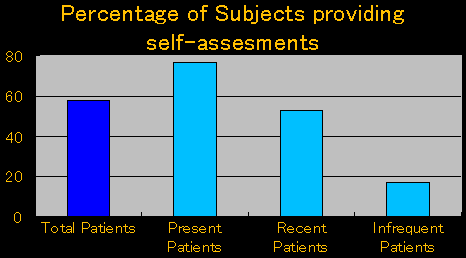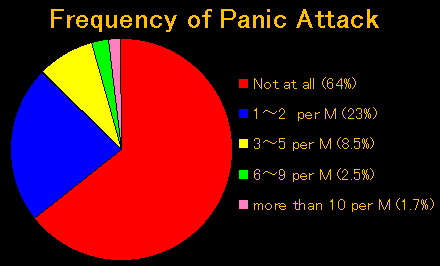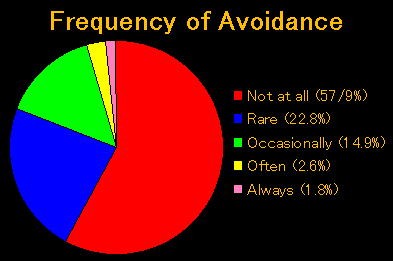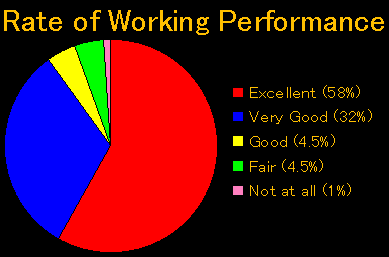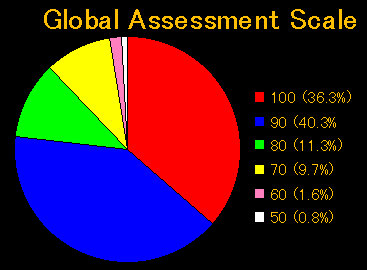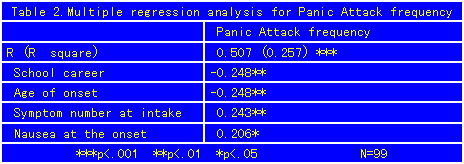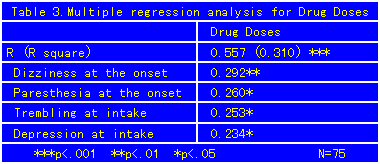 k|s
@o@@o@c
i@RO@j k|s
@o@@o@c
i@RO@j
American Psychiatric Association Annual Meeting
May 17-22, 1997
Wednesday, May 21, 12 noon-2:00 p.m.
San Diego, California
Hisanobu Kaiya, M.D. 1),
Yohikazu Miyamae, M.S. 1) 2),
Nobuya Ishida, M.D. 1)3),
Natsuko Kaiya 1)
1) Panic Disorder Research Center, Nagoya Mental Clinic
2) Graduate School of Human Sciences, Waseda University
3) Department of Psychiatry, Shiga University of Medical Science
|
